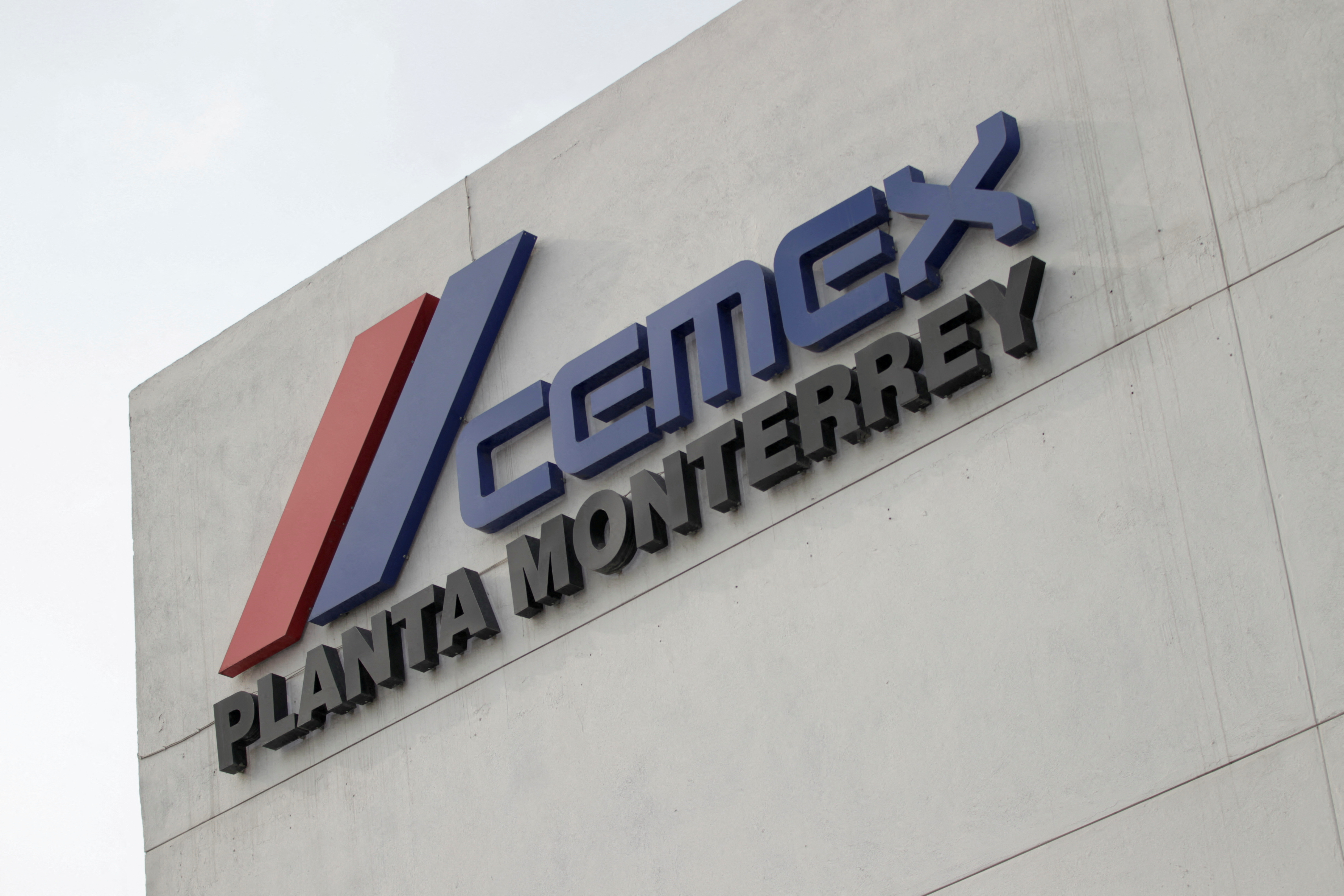MEXICO CITY, Feb 2 (Reuters) - Mexican cement maker Cemex said on Wednesday it had achieved the first step in fully powering plants with solar energy, producing what is known as clinker via the sun's rays.
Cemex said in a statement it had teamed up with Swiss solar company Synhelion to produce clinker, a limestone and clay mix used to make cement, with "record-breaking" solar heat.
The move to produce clinker via solar heat is part of Cemex's push to go carbon neutral by 2050, as current clinker production uses fossil fuels to heat limestone and clay.
"Cemex is building a better future, and that future must be sustainable," Cemex Chief Executive Fernando Gonzalez said in the statement.
The two companies say the pilot was the first time clinker was made through solar energy, though scientists have been toying with the idea since the early 2000s. Now, Cemex and Synhelion hope to bring the project to an industrial scale.
Cemex has previously said it is also exploring clinker alternatives, like burnt shale oil or glass furnace slag. read more
Cemex and other cement makers have felt pressure in recent years from regulators and investors to reduce CO2 emissions. Cement, a key ingredient in concrete, contributes to about 8% of global CO2 emissions, according to one think tank.
However, the companies have said they are up against a number of factors, such as lack of technology, restrictive code enforcement and pressure to keep costs low.
In the United States, which accounts for around 22% of Cemex's sales, building codes leave little room for climate-friendly concrete, Cemex officials have said.
Cemex officials told Reuters last year it would meet its climate goals by using renewable energy and alternative fuels.
Our Standards: The Thomson Reuters Trust Principles.


